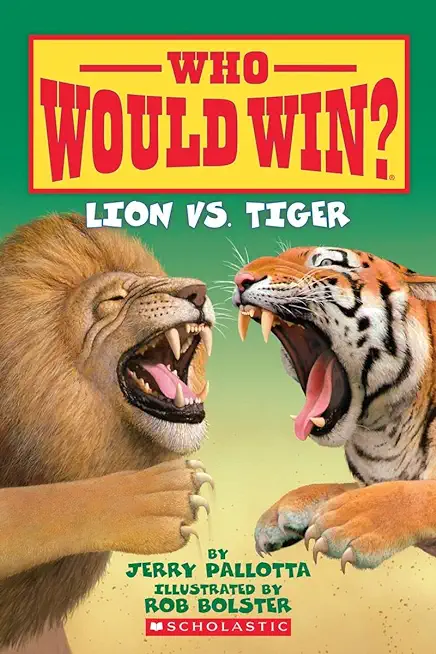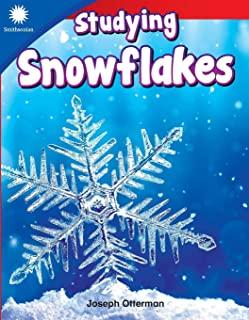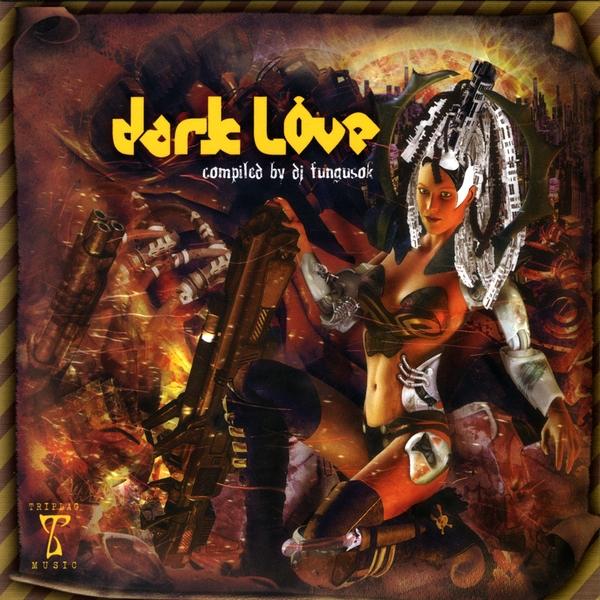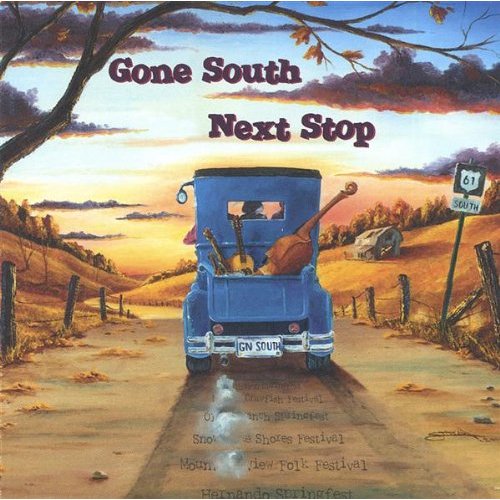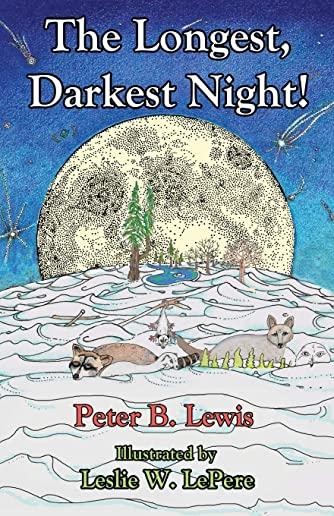
Concept statement
The Longest, Darkest Night is an illustrated children's story about the rarest of winter nights, a total eclipse of the moon during Winter Solstice.
The wonders of nature, celestial cycles and the "humanness" of animals are part of this modern fable. Fear of the dark and the unknown, collaboration, generosity and the wisdom of the elders are underlying themes. The story is presented in first person, present tense, creating an inclusive and action-packed reading experience. Extensive back matter includes scientific notes, thumbnail backgrounds for each character, a book list and coloring pages.
The delightful illustrations by famed Northwest artist Leslie W. LePere include recognizable representations of animals, trees and events on Earth and in the sky. The rich images and sing-along interactivity bring even more personal engagement as they become integrated into e-books, audiobooks and other smart technologies.
Story synopsis
The story begins as the forest community gathers to celebrate Winter Solstice, which is interrupted when a lunar eclipse begins.
At first, the moon appears to have a bite taken out, over time she goes completely dark. The trees loose their moon-shadows altogether. What is going to happen? The moon turns orange, then red. Everyone is scared. The animals wonder if the moon is on fire and will crash into the Earth. Clues to the story are nicely snuggled into the enchanting illustrations.
Finally, exhausted by fear, the animals hear the wind-whispers of Grandfather Cedar reassure them everything will turnout okay and he explains the eclipse. As they share this magical moment, the animals begin singing the Song of Solstice, and together they look forward to brighter days ahead. In the end, they remind themselves, "Things usually go better when we listen to our elders."
Back-matter bonus
Scientific Notes about the Moon, celestial cycles and eclipses plus interesting facts about nocturnal creatures add value to the book. Topics include, how the moon was formed, a list of nocturnal animals and many links to facilitate personal exploration. Back-matter for The Longest, Darkest Night has been peer-reviewed for accuracy by the Department of Astronomy, University of Washington.
